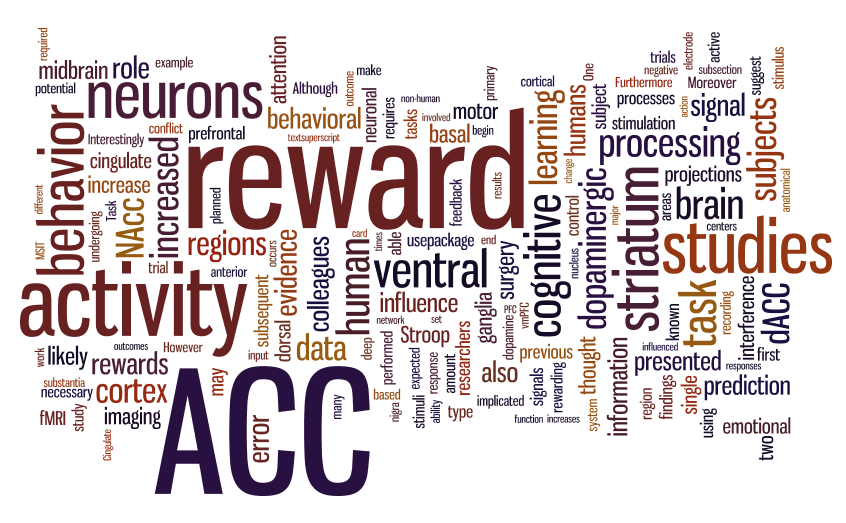

Animals are fundamentally governed by rewards. It is a central component of our behavior and the pursuit of which represents the integration of a broad range of cognitive capacities. These functions take place in a distributed reward network and include regions such as the frontal cortex, cingulate cortex, basal ganglia, and midbrain dopaminergic systems (see figure 12.1, plate 12). Although better understanding the role of these brain regions has been the focus of many recent studies, the vast majority of studies are conducted in animal models that ultimately serve only as a proxy for human reward processing. Imaging modalities such as functional magnetic resonance imaging (fMRI) allow us to correlate whole brain activity with behavior in human subjects, however at the cost of poor temporal and spatial resolution and only indirect measures of neural activity. Within the last decade, a few pioneering studies have explored reward processes in the human brain at the single neuronal level (table 12.1), providing the first evidence on how this integral cognitive function is represented at the level of the individual neuron. In this chapter, we will highlight these studies in the context of previous animal physiol- ogy and human imaging studies. Finally, we will conclude with a section on how future studies can help to expand our understanding of human reward processing.


